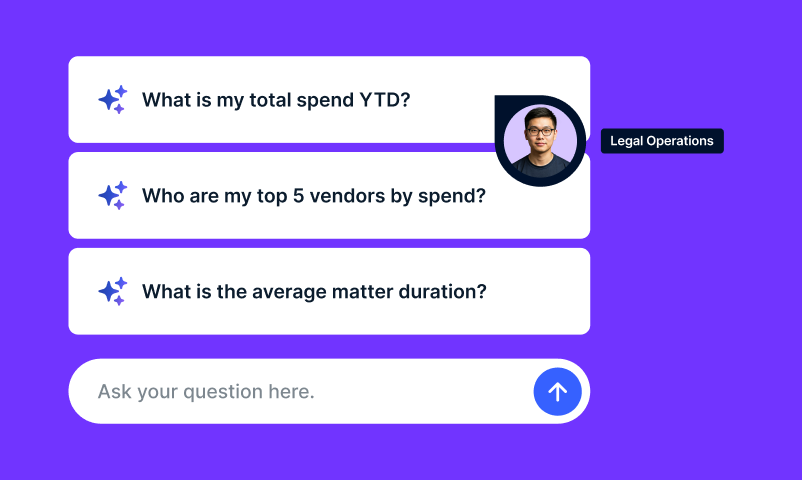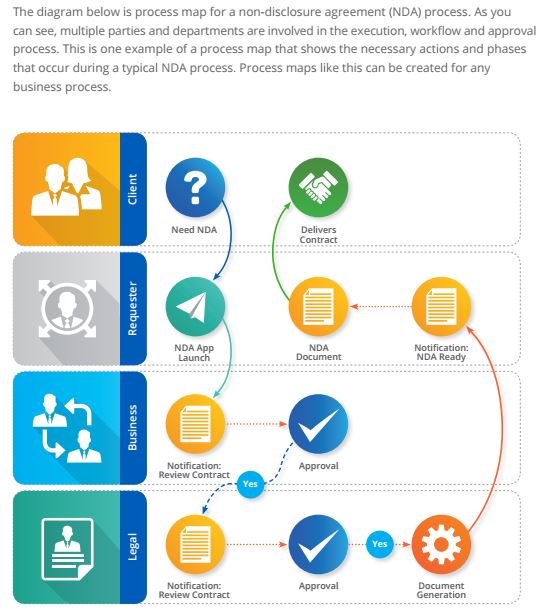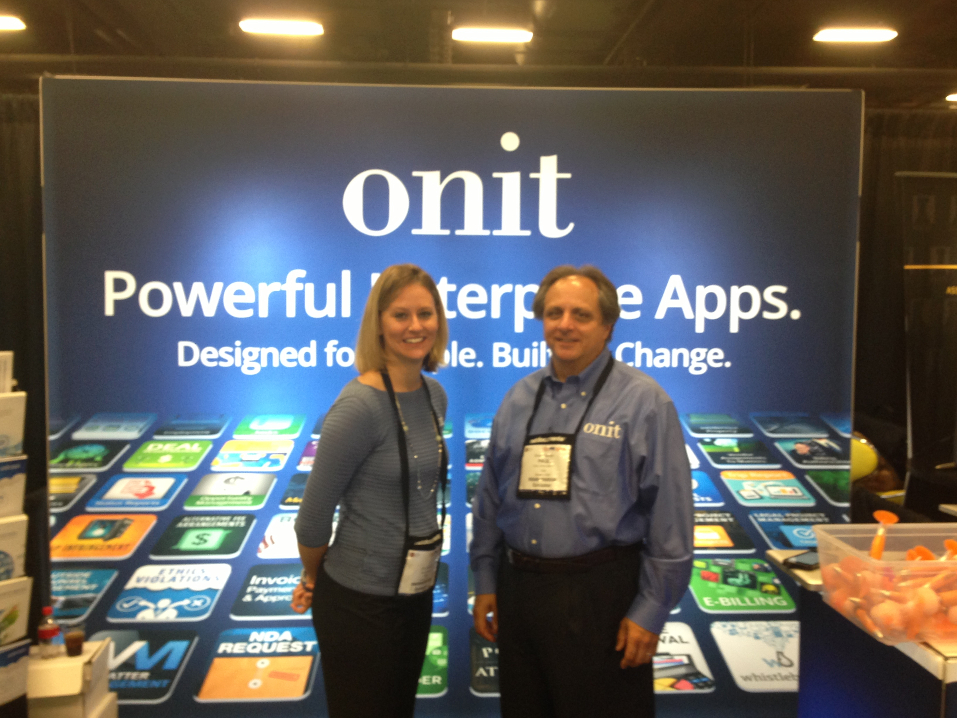Advocating change in any organization is a daunting process. A major hurdle for every change initiative is overcoming resistance. Your idea could be sound backed up by solid facts and figures, but you are still likely to encounter resistance. No matter how beneficial your change is, you’ll have to get around the “corporate immune system”. As can the immune system in our bodies, the corporate immune system can squelch things that are outside the “normal” way of doing things.
Once you have established a solid foundation for your change initiative, it is important to develop a set of strategies and tactics for overcoming the inevitable headwinds that precede meaningful improvement.
75% of organizational change programs fail because leadership didn’t create the necessary groundswell of support among employees.
(pwc.com: How to Build and Agile Foundation for Change)
Here are four strategies for preparing for and overcoming resistance:
Balance your coalition with people from all angles of the problem
The common element that will bring your coalition together is the problem that needs changing. If you’ve seen a need for process change, there is no doubt that this need for change has firmly rooted itself inside and across cross-functional teams. Form your coalition from all angles of the organization, from different departmental perspectives. For example, there may be strategic concerns in addition to tactical when dealing with an inefficient process. Colleagues working behind the scenes will view the problem differently than the sales team. If you have identified how the problem affects people at all levels of the organization, and have built your coalition to reflect those varied perspectives, you are more likely to get buy-in. The added benefit of a diverse coalition is that when it comes time to sell the initiative to the larger organization, you will have already addressed a variety of perspectives, including those of your resisters.
Present an emotionally compelling case for change
Change can be difficult for people. Although your case for change has a solid foundation of facts and data, don’t discount the human, emotional component. The inefficient process you want to change may cost your company money, but it also causes undue frustration and wasted time on the part of the people involved in the process. Present not only facts and figures, but convey how the improved workflow will help them be happier and more successful in their jobs.
Analyze organizational factors that can help or hinder your change initiative.
In “Choosing Strategies for Change,” from the Harvard Business Review, John Kotter and Leonard Schlesinger recommend asking the following questions when preparing for potential resistance:
- How urgently does your organization need this change?
- How powerful is your coalition in relation to resisters?
The strategy for your organization-wide persuasion tour will revolve around these two questions. If the change you are advocating for is extremely urgent and your coalition is more powerful than your potential resisters, it is full steam ahead. When the polar opposite is true, you’ll need to proceed more delicately. If the change is urgent, but your coalition is less powerful than the resistance, it might be helpful to bolster your coalition with a member of the leadership team. By analyzing and anticipating these factors, you can better prepare your coalition for the necessary selling-in process. You can also set more realistic expectations when it comes to change deployment.
Put tools in place to mitigate ongoing resistance
Just because you’ve sold your idea for change, and the larger organization is on board, your job as change-agent is not done. Kotter and Schlesinger recommend implementing tools to help manage ongoing resistance. Consider an infrastructure that will enable education, skills training, support and the offering of incentives. No matter how good a job your coalition did at convincing the company to embrace the change, success of the initiative hinges on a support infrastructure. Getting to the stage of being able to deploy the process change is the first step, but having people use the improved process in their daily jobs is the key to long-term success.
Onit can help you be an agent for change. Now that you have strategies for overcoming resistance learn more about embarking on your first change initiative. Download our whitepaper, Your First Enterprise App: 6 Ways to Successfully Implement Change in Your Company.




